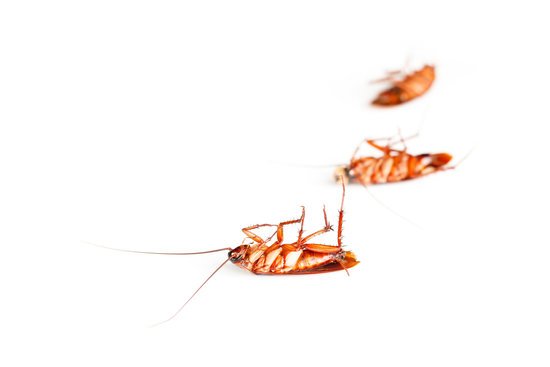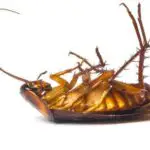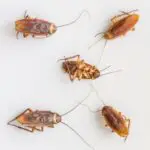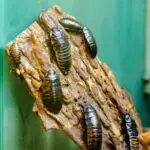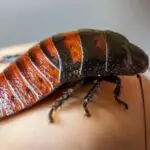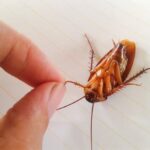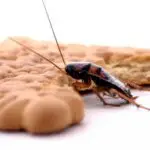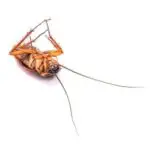Can Cockroach Survive Without Head?
A headless cockroach will not be able to feed itself. Without eyes and antennae, it will wander aimlessly. It will die due to lack of food and water. The physiological mechanism of headlessness was discovered by researchers in the journal Arthropod Structure & Development. The body of a cockroach contains a large amount of glycogen, which serves as a source of energy. Lipids also provide energy. The larger fat bodies are located near the intestines and reproductive organs.
If you can remove the cockroach’s head, it will live up to a week without food. This is possible because cockroaches do not have a closed circulatory system like mammals. This means that if one of their heads is removed, they will not die of dehydration or critical drops in blood pressure. However, without water, they will die of dehydration and starvation.
Cockroaches also possess nerve tissues in their bodies. The nerves control various reflexes in each segment of their bodies, which is why they can survive without their heads. They can still move around and react to touch. But their headless bodies are more convenient for some experiments than others.
Cockroaches have a long history. They have been around for at least 280 million years, which makes them one of the most resilient creatures on the planet. This longevity means that they have evolved unique survival skills, which make them very unique from other insects.
